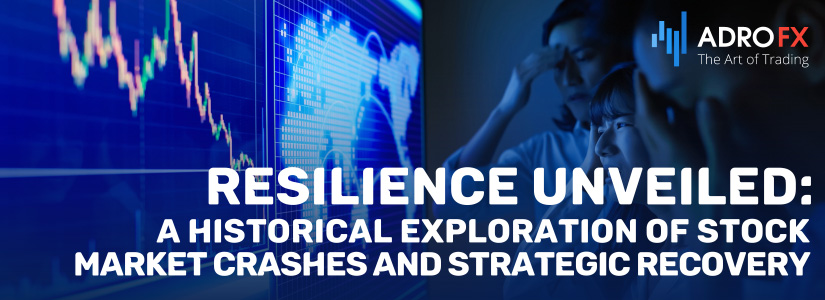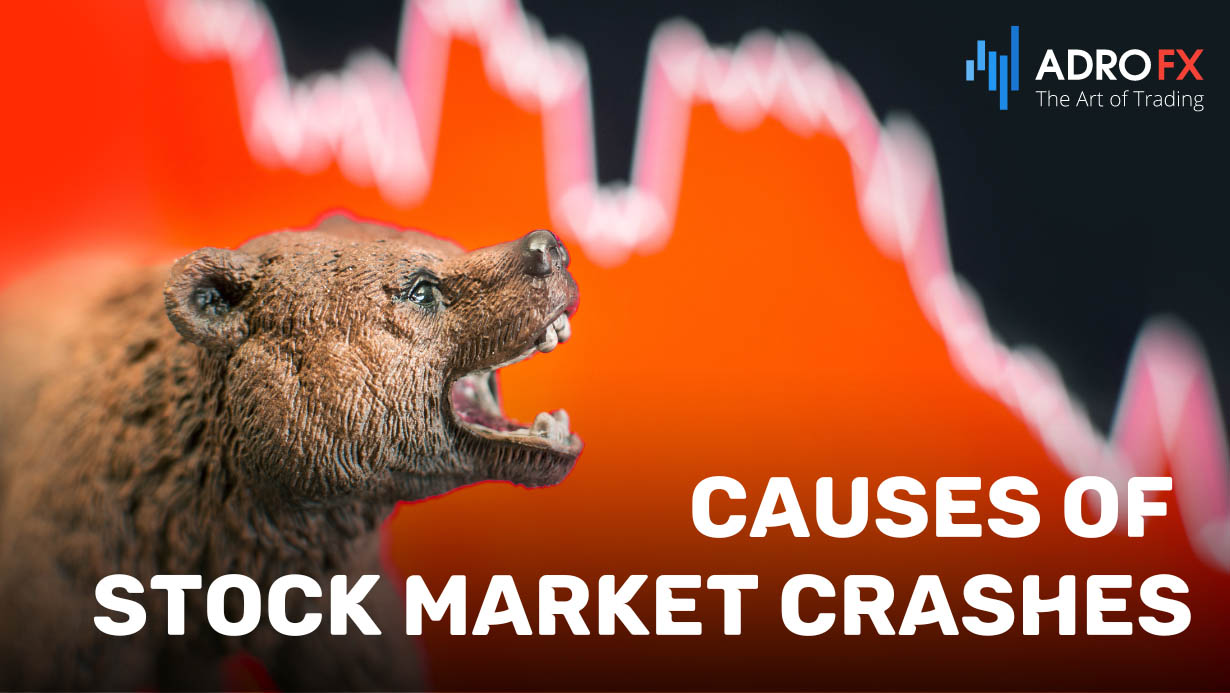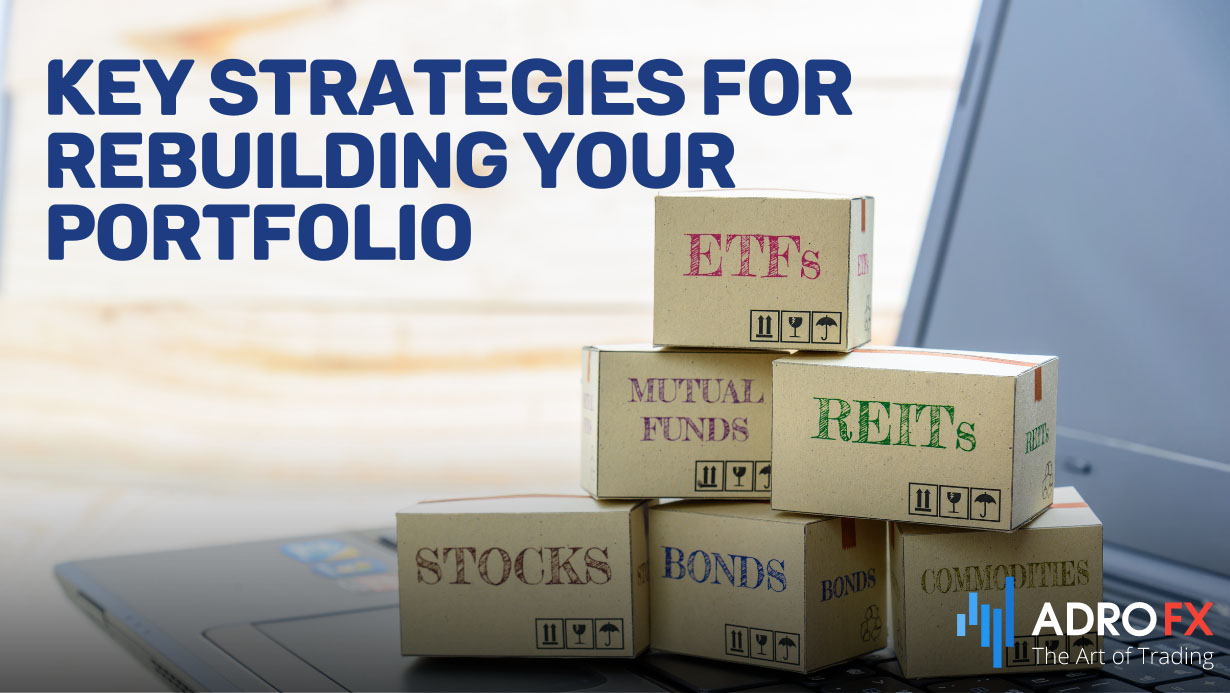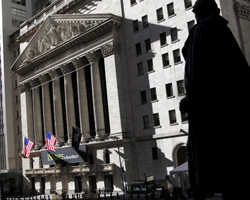Resilience Unveiled: A Historical Exploration of Stock Market Crashes and Strategic Recovery

Embarking on a journey through financial history, we uncover chapters marked by the tumultuous waves of stock market crashes. These historical upheavals, from the notorious crash of 1929-1930 to the seismic Black Monday of 1987 and the digital bubble burst in the early 2000s, resonate as critical junctures reshaping economies. Beyond the well-documented crashes, diverse sectors, spanning cannabis to clean energy, have experienced their rise and fall. In this exploration, we unravel the intricate causes of these crashes, acknowledging the complex interplay of speculative fervor, central bank decisions, global events, and systemic vulnerabilities. As we navigate these historical waters, the focus extends to the art of strategic recovery – a vital skillset illustrated by seasoned investors who weathered storms, offering insights into effective rebuilding strategies.
Examples of Historical Stock Market Crashes
1929-1930 Crash
One of the most infamous stock market crashes occurred between 1929 and 1930. This crash was preceded by an extended period of speculation among traders. Elevated asset prices attracted more investors, creating a bubble. When stocks started falling, panic ensued, triggering a major sell-off.
1987, Black Monday
The crash of 1987, famously known as Black Monday, occurred after a robust bullish trend in indices. The Dow Jones surged by 44% in a few months, raising concerns about a forming bubble. Investors, fearing an impending downturn, hastily exited their positions, resulting in a significant market dip.
2000s Dot-com Bubble
In 2000, the bursting of the dot-com bubble led to another stock market crash. Investors had been fervently buying various tech companies, creating a substantial bubble that eventually burst.
2008 Global Financial Crisis
The Global Financial Crisis (GFC) in 2008 resulted from years of speculation in both the property and stock markets. As fears of another Great Depression intensified, the sell-off escalated, especially after the collapse of Lehman Brothers.
2020 Covid-19 Pandemic Crash
The stock market crash in 2020 was triggered by the emergence of the Covid-19 pandemic, causing a widespread decline in most stocks.
Apart from these well-known crashes, certain sectors experienced sharp appreciation and subsequent crashes. Notable examples include cannabis, clean energy, and electric vehicles.

Causes of Stock Market Crashes
Stock market crashes are tumultuous events driven by various factors, often entwined in a complex interplay. One significant catalyst is the phenomenon of extreme speculation, where investors, fueled by anticipation rather than fundamentals, engage in buying and selling frenzies. This speculative fervor creates a precarious bubble that, with a simple trigger, can burst, triggering widespread panic and a subsequent mass sell-off.
Central banks, wielding immense influence over monetary policies, can inadvertently sow the seeds of a market crash. Decisions signaling an aggressive tightening of monetary policy, such as interest rate hikes, have the potential to unsettle investors and instigate a significant decline in stock prices.
Earnings disappointments represent another common precursor to market crashes. Weak corporate earnings reports, indicating financial deterioration or rising defaults, erode investor confidence. As a result, the revelation of adverse economic conditions prompts a wave of selling.
Global disasters, ranging from pandemics and natural calamities to geopolitical tensions, introduce an element of unpredictability. These events inject fear and uncertainty into the markets, prompting investors to seek refuge in safer assets and triggering a sell-off.
Market manipulation, involving fraudulent activities, insider trading, or the dissemination of false information, can undermine investor trust. Instances of illicit practices contribute to panic selling and further exacerbate market instability.
Periods of exuberance and overvaluation, often fueled by irrational optimism, characterize market bubbles. The eventual rupture of these bubbles, driven by a return to reality, results in a rapid and steep decline in asset prices.
Failures within the financial system, such as the collapse of major institutions or systemic issues, can lead to a loss of confidence. These failures trigger widespread panic, causing investors to hastily divest, contributing to a market crash.
Economic recessions, marked by rising unemployment, falling consumer spending, and contracting GDP, set the stage for market downturns. Anticipating poor corporate performance, investors engage in mass selling, intensifying the market decline.
Interest rate movements, especially rapid or unexpected changes, impact borrowing costs, and company earnings. Shifts from accommodative to tightening policies by central banks can contribute to market declines.
Technological failures, encompassing disruptions in financial technology, trading platforms, or infrastructure, introduce an additional layer of risk. Systemic glitches undermine investor confidence, potentially leading to halted trading and panic selling.
In essence, stock market crashes are often the culmination of these multifaceted factors, intertwining and amplifying the impact on the financial markets.
Rebuilding Your Portfolio After a Stock Market Crash
Stock market crashes are unpredictable, and even the best investors can find themselves caught in the turmoil. Notable figures like Ken Griffin and Warren Buffett faced significant challenges during market downturns, such as the 2008 financial crisis and the early days of the COVID-19 pandemic. However, there are effective strategies to rebuild your portfolio after a severe crash, considering historical patterns of market recovery.

Key Strategies for Rebuilding Your Portfolio
Diversified ETFs
Focus on a diverse range of Exchange-Traded Funds (ETFs) that cover multiple sectors. Unlike individual stocks, ETFs provide inherent diversification, reducing specific stock risks. Identify sectors like financials, technology, consumer staples, energy, and consumer discretionary, and invest in their respective ETFs. This strategy allows you to capitalize on market recovery while managing risks effectively.
Cheap Quality Companies
Purchase shares of high-quality companies that become undervalued during a market crash. As markets recover, these companies often exhibit substantial growth. Look for companies with strong fundamentals, including robust growth prospects, a growing market share, and a solid balance sheet. Examples of such companies include Apple, Microsoft, and Google, known for their financial strength and market dominance. A stock market crash provides a brief window to acquire shares of excellent companies at a discounted price.
Focus on Corporate Earnings
Pay close attention to corporate earnings reports, especially following a market crash. Companies often release statements on their business performance during these periods. Positive reports from companies whose share prices have declined sharply can serve as a catalyst for market recovery. Evaluating corporate earnings provides valuable insights into the financial health and resilience of companies, aiding in informed investment decisions.
Remember that these strategies are tailored for investors rather than day traders, emphasizing a longer-term perspective in navigating market volatility. Historical evidence suggests that markets tend to rebound sharply after crashes, reinforcing the potential for recovery and growth over time.
Conclusion
While stock market crashes are inevitable features of financial landscapes, the ability to navigate through them and emerge stronger lies in understanding the root causes and adopting effective rebuilding strategies. Investors, armed with historical perspectives and strategic approaches, can weather the storm and potentially find opportunities amid the wreckage.
About AdroFx
Established in 2018, AdroFx is known for its high technology and its ability to deliver high-quality brokerage services in more than 200 countries around the world. AdroFx makes every effort to keep its customers satisfied and to meet all the trading needs of any trader. With the five types of trading accounts, we have all it takes to fit any traders` needs and styles. The company provides access to 115+ trading instruments, including currencies, metals, stocks, and cryptocurrencies, which make it possible to make the most out of trading on the financial markets. Considering all the above, AdroFx is the perfect variant for anyone who doesn't settle for less than the best.










